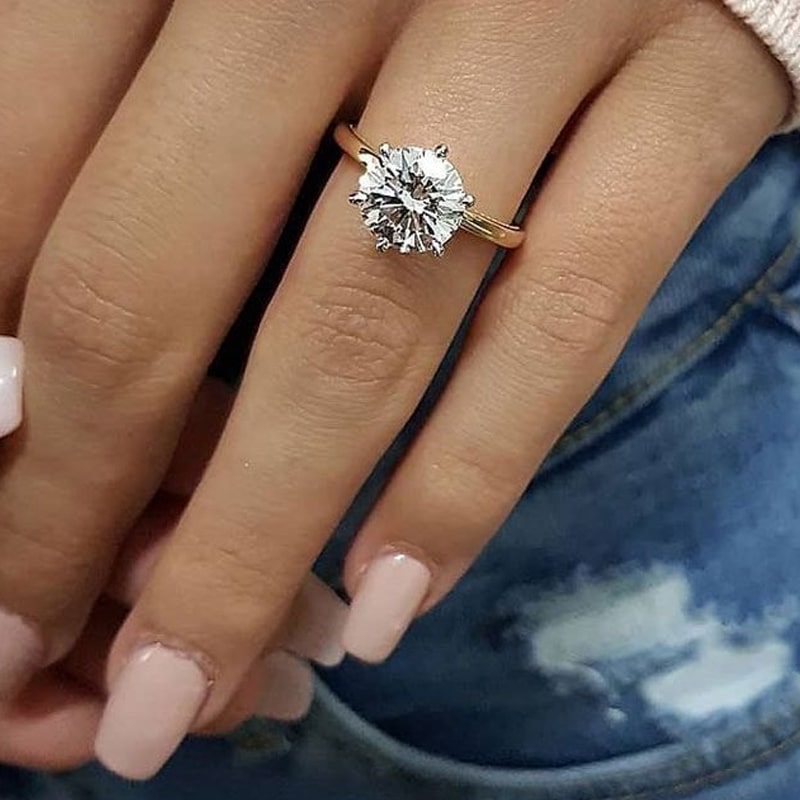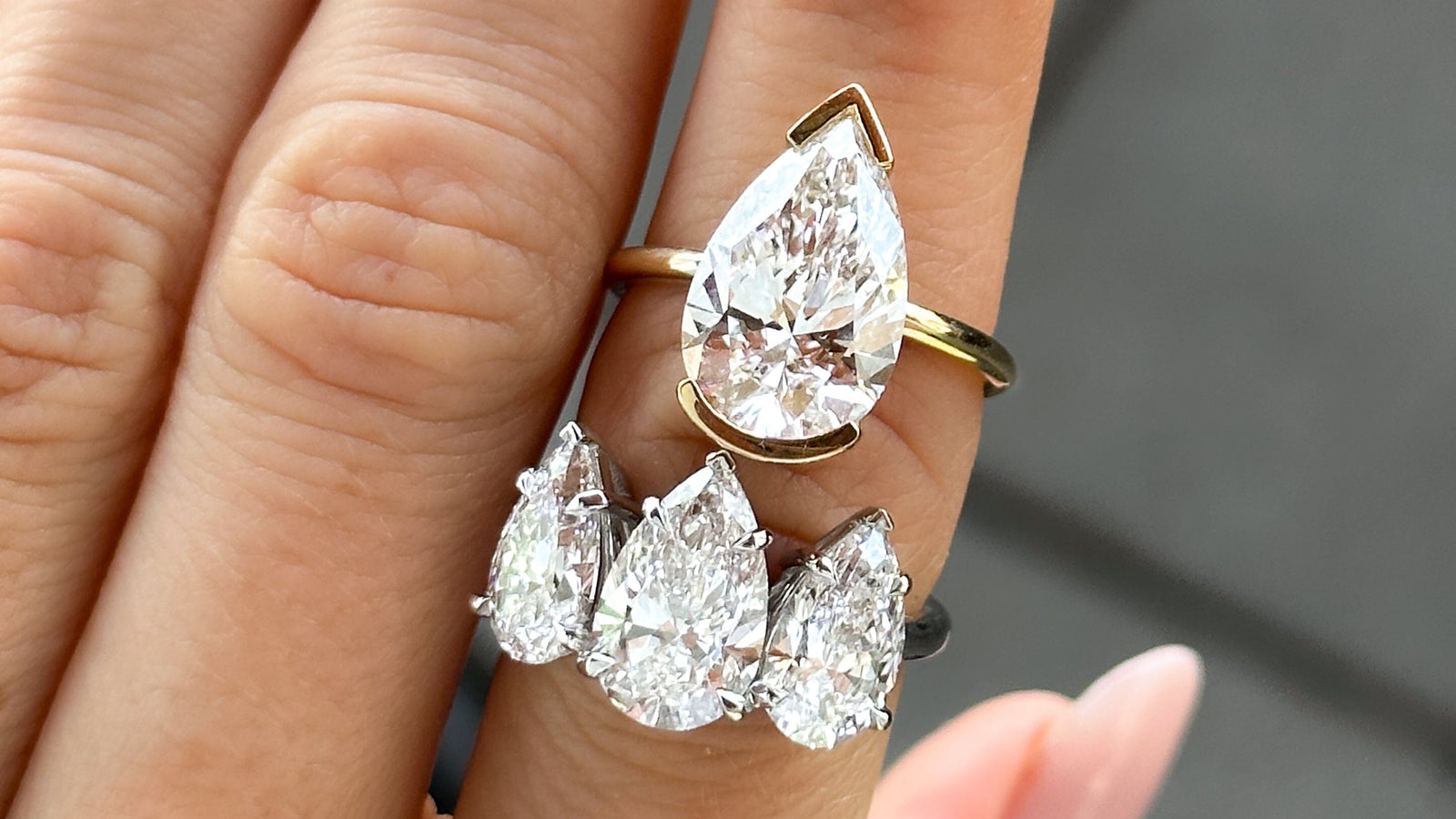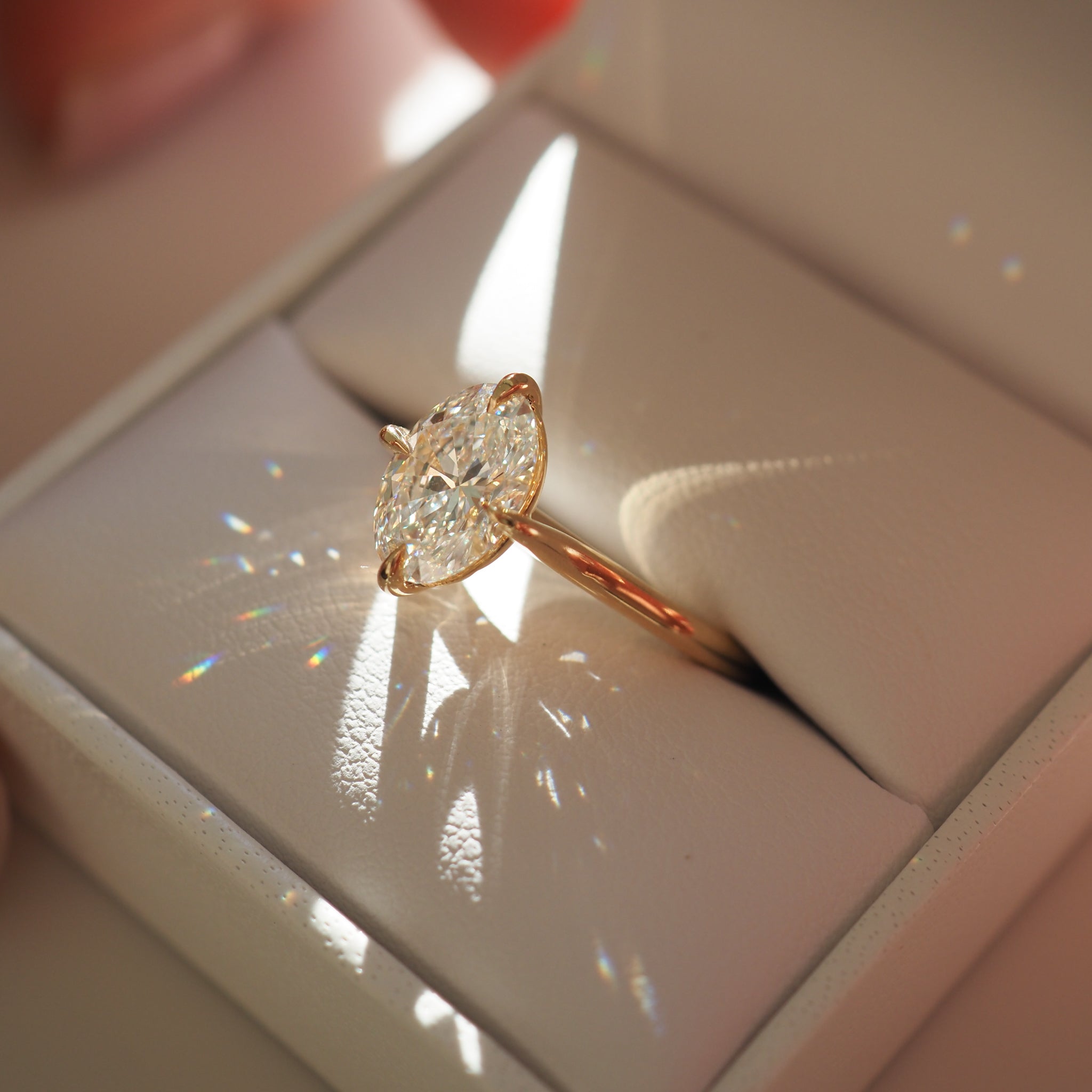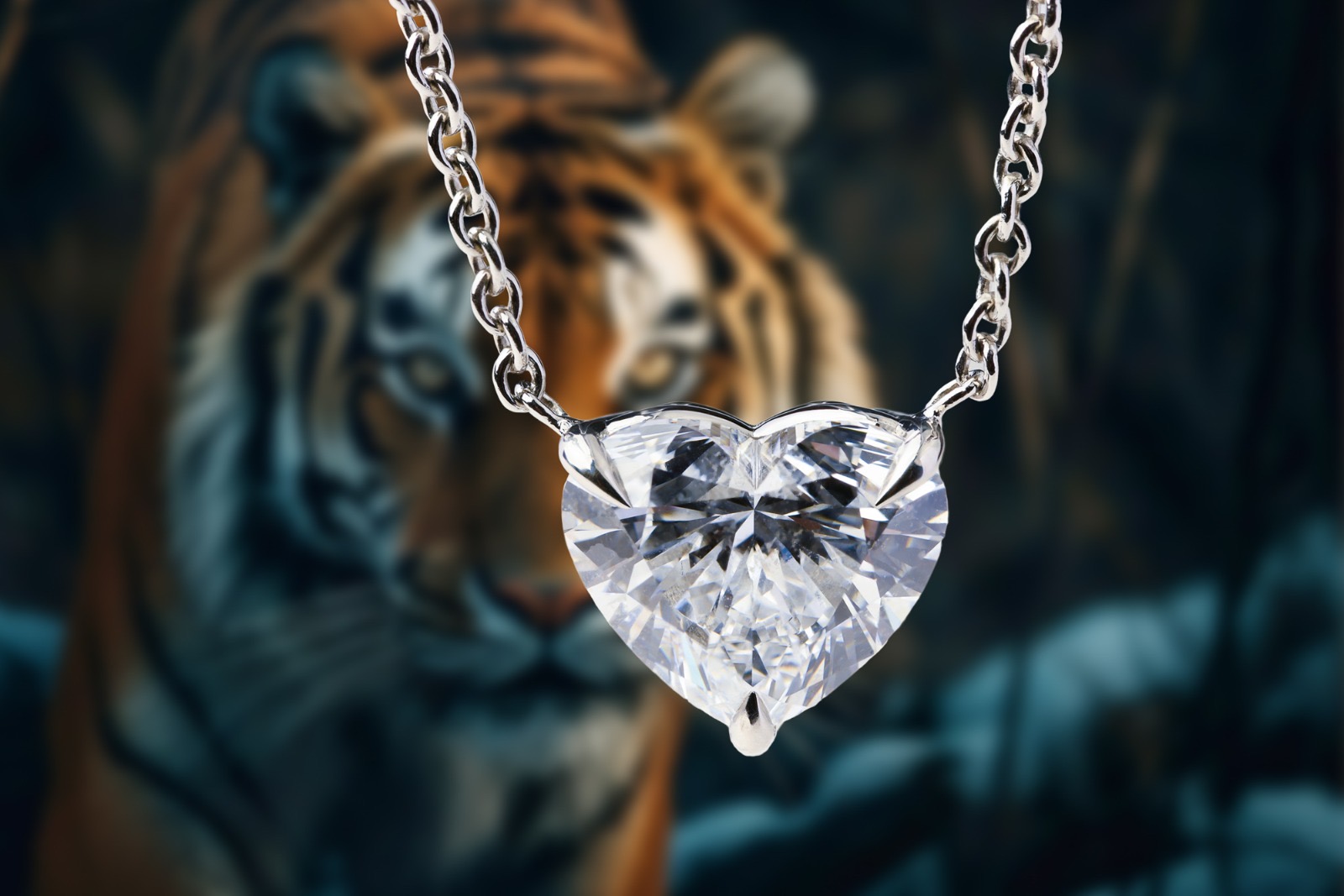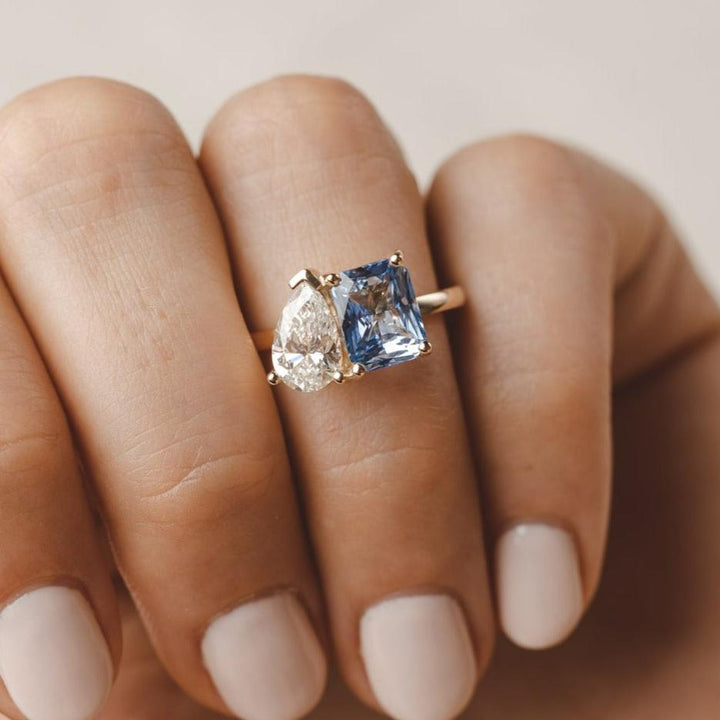Meaning of “Cut” in Lab-Created Diamonds
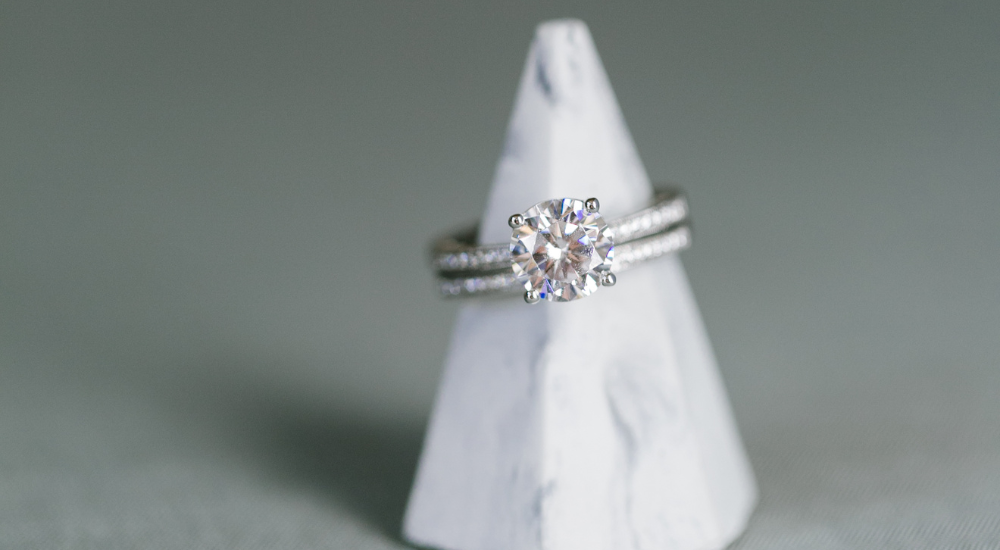
When discussing what does cut diamond mean, the term “cut” plays a crucial role in determining both the aesthetic appeal and the overall value of the stone. This concept is relevant to both natural and lab-created diamonds. As lab-created diamonds gain popularity, it becomes essential to understand what “cut” means in this context and how it affects the quality and attractiveness of these gems.
What is a Diamond Cut?
The term “cut” in the diamond industry refers to how a diamond has been shaped and faceted, which impacts its brilliance, fire, and scintillation. Unlike color, clarity, and carat weight, which are more straightforward to quantify, the cut focuses on the skill and artistry involved in creating the diamond.
The Importance of Cut
The cut of a diamond determines how well it interacts with light, directly affecting its sparkle and visual appeal. A well-cut diamond will reflect light in a way that enhances its brilliance, while a poorly cut diamond may appear dull or lifeless, regardless of its other qualities. This is particularly relevant for lab-created diamonds, which can be engineered to achieve specific cut qualities that maximize their brilliance.
The Grading of Cut
Diamonds, including lab-created ones, are graded on their cut quality using a system that often ranges from Excellent to Poor. This grading takes into account several factors, including:
Proportions: The angles and relative sizes of the diamond’s facets.
Symmetry: The uniformity of the shape and arrangement of the diamond’s facets.
Polish: The smoothness of the diamond’s surface, which affects how light travels through the stone.
Lab-created diamonds can achieve high cut grades similar to their natural counterparts due to advancements in technology and the precision with which they are manufactured.
Types of Cuts
There are various shapes and styles of cuts available for diamonds, with each type offering a distinct appearance and character. Some of the most popular cuts include:
Round Brilliant: The most sought-after cut, known for its exceptional sparkle.
Princess Cut: A square shape with sharp corners, blending modern style with brilliance.
Emerald Cut: A rectangular shape with step-like facets, emphasizing clarity and elegance.
Asscher Cut: Similar to the emerald cut but square, known for its vintage appeal.
Cushion Cut: A square shape with rounded corners, providing a classic look with a soft sparkle.
Each cut has unique attributes that appeal to different tastes, and lab-created diamonds can be fashioned into any of these styles, often at a lower price point than natural diamonds.
Benefits of Lab-Created Diamond Cuts
One of the significant advantages of lab-created diamonds is the ability to control their creation process. This control extends to the cut, allowing for precise engineering that can enhance the diamond’s visual properties. Consumers can find lab-created diamonds that are cut to achieve optimal light performance and aesthetic appeal, often with fewer inclusions and blemishes compared to their mined counterparts.
Conclusion
Understanding the meaning of “cut” in the context of lab created diamonds is essential for anyone looking to purchase these beautiful gems. The cut significantly influences a diamond’s brilliance, beauty, and overall value. By recognizing the importance of this aspect, buyers can make informed decisions that align with their preferences and budget. As technology continues to advance, lab-created diamonds will only become more appealing, offering stunning options for those in search of the perfect stone.

